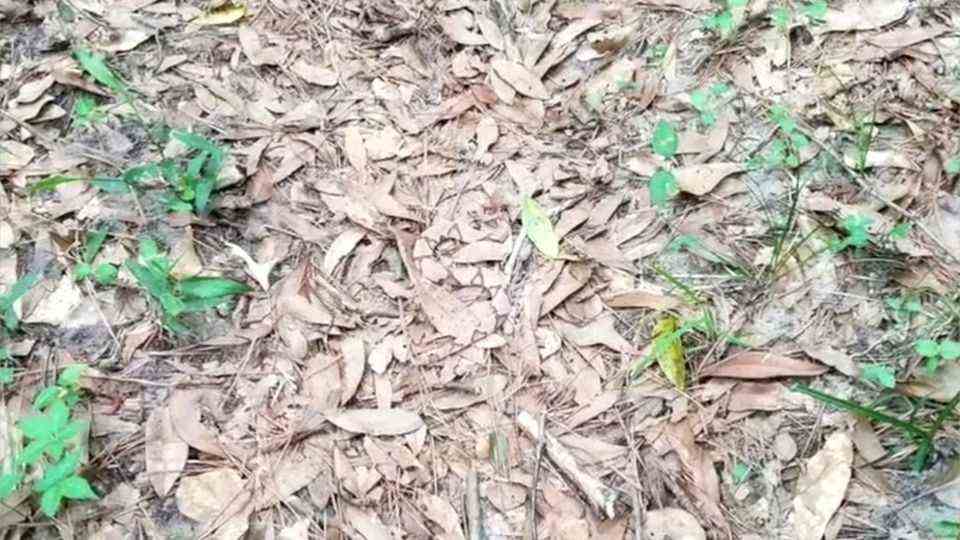Rainforest in Ghana
This picture is a sensation: researchers succeed in taking the first photo of a conjugate in the wild
The first photo of a hookah in the wild
© Rob Williams / Twitter
In 1872 the black owl, a species of owl in Africa, was discovered. But no specimen has ever been photographed in the wild – until now British researchers managed to get a picture.
The picture is a sensation: for the first time, biologists have succeeded in photographing a black owl in the wild. The species is considered to be extremely rare and only occurs in West and Central Africa. The animals are among the largest species of owl in the world and were discovered in 1872. But there was no photo evidence from the natural habitat – until now.
British biologists Rob Williams and Joseph Tobias found a specimen of the species in Ghana and took a photo of it. They published the picture on Twitter. Bindenuhus are extremely rare and threatened with extinction. Researchers therefore regard the photo as a “sensational discovery”, reports the English “Independent”.
First photo of an arachnid: big as an eagle
Williams and Tobias were themselves completely surprised by their find. At first glance, they thought the animal was an eagle because it was so big, said Joseph Tobias, a biologist at Imperial College London. “Fortunately the eagle owl was perched on a low branch, and when we looked through our binoculars, our jaws dropped,” said Tobias. “There is no other species of owl in Africa’s rainforests that is this large.”

So far only drawings of Bindenuhus and photos of animals living in zoos existed. The photo in the wild is therefore considered a major breakthrough. Since the eagle owls can hardly be found, there are only very rough estimates of how many specimens of this species actually exist. Scientists estimate that there are around 1,500-7,000 Bindenuhus in the wild. Biologist Joseph Tobias hopes that the photo will help to draw more attention to the protection of the animal habitat – the African rainforest.
Sources: Rob Williams on Twitter / “Independent” / “Birdlife”

